Informações
Sinopse:
Duração: 02h03m
Data de lançamento: 08 de junho de 1997
Genêros: Drama.
(3 votos)
?
?
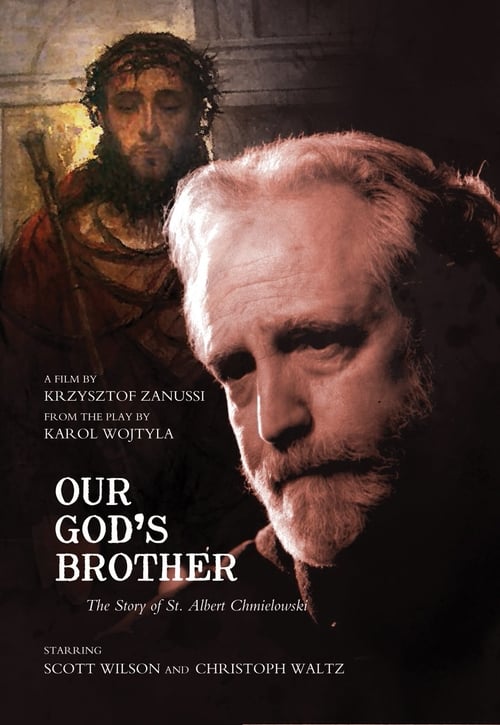
Sinopse:
Duração: 02h03m
Data de lançamento: 08 de junho de 1997
Genêros: Drama.

A boy walks through an abandoned building and films the interior. Suddenly his camera disappears.
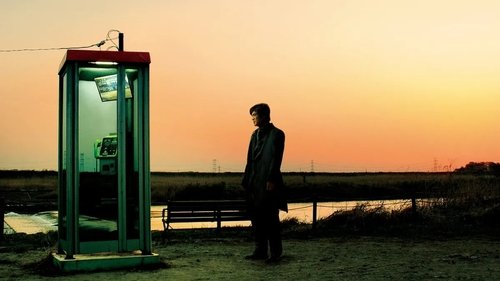
1989: 64th and last year of the Showa era. A girl is kidnapped and killed. The unsolved case is called Case 64 ('rokuyon'). 2002: Yoshinobu Mikami, who was the detective in charge of the Case 64, moves as a Public Relations Officer in the Police Affairs Department. His relation with the reporters is conflicted and his own daughter is missing. The statute of limitations for the Case 64 will expire in one year. Then a kidnapping case, similar to the Case 64, takes place. The rift between the criminal investigation department and police administration department deepens. Mikami challenges the case as a public relations secretary.
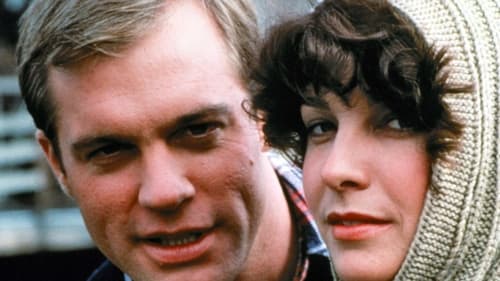
A rich student's fiancee has her face destroyed by a car accident, and refuses to return to him fearing the loss of his love.

O curta-metragem tem a atuação da atriz e modelo Ana Cecília. Blink 2022 é o primeiro filme curta-metragem em animação dirigido pela diretora brasileira Aline Costa que se inspirou na data do dia das bruxas para criar o filme em animação.

Hassouna identifies customs with the businessman Shaheen, who offers him assistance in exchange for facilitating the procedures of his illicit goods. Hasina is lured to get involved in a relationship, and recorded by Shaheen motivated, until Hassouna becomes at their disposal, Shahine Hassouna claims that his wife, threatens him with tape and acquiesces to him for fear of the scandal, and agrees to facilitate his suspicious operations, but after an innocent injustice at customs as a result of Hassouna's corruption, He then dies, wakes up his conscience, surrenders himself, reports on Shaheen and the rest of his corrupt partners to purify himself, and his deceased colleague is considered.
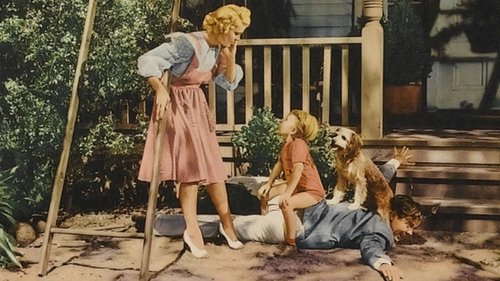
The Bumstead family is off to see relatives in the country when Blondie runs into Charlie and Millie, an eloping couple needing her help.

With the Swedish police on his tail the Ghost Rider takes to the streets for another insane mission. Reaching speeds of at 200mph, the authorities have little hope of catching him. Over three hours of pure adrenaline!
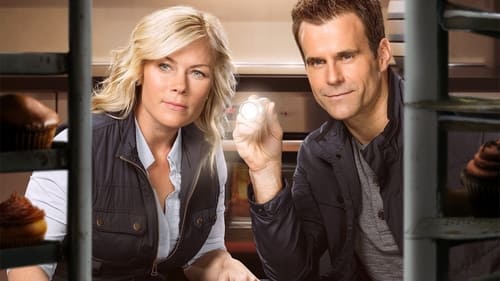
Com seu cunhado, o deputado Bill Todd, concorrendo contra o rude xerife Grant em uma acirrada eleição, para eleger o novo xerife local, a irmã lidando com o final da gravidez e um encontro assustador com um ladrão de carros em sua mente - Hannah sente que sua vida chegou ao seu ponto de ebulição. Mas as coisas continuam a esquentar quando ela descobre o corpo de Grant - espancado, segurando um de seus cupcakes caseiros - e Bill se torna o principal suspeito.